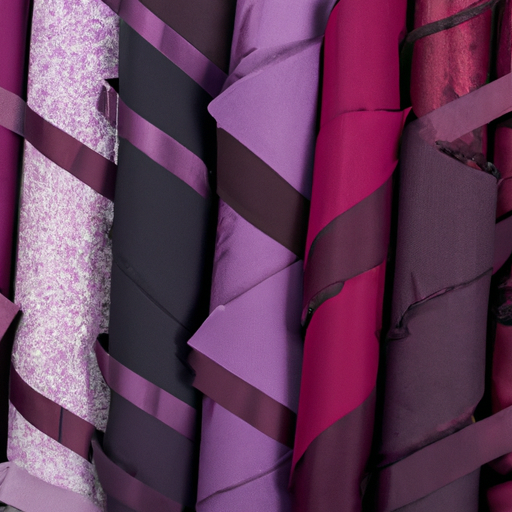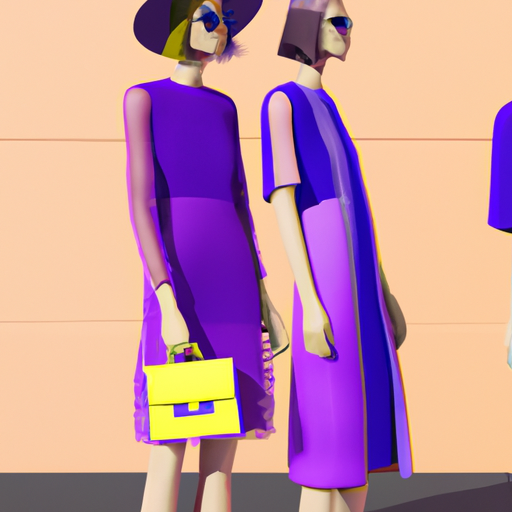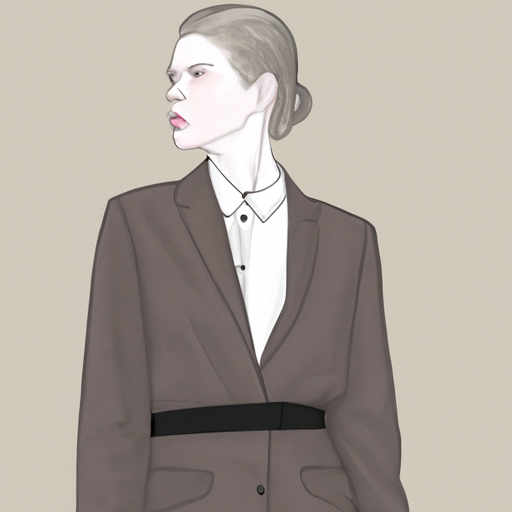Master the essential skill of layering clothes for both style and comfort throughout the seasons. Learn how to combine different textures, lengths, and proportions to create visually interesting outfits. Discover expert tips for avoiding bulk while maintaining a polished, put-together look.

Layering is more than just piling on clothes - it's an art form that can elevate your style while providing practical benefits throughout the year. When done correctly, layering allows you to create sophisticated, dimensional outfits that adapt to changing temperatures and occasions. Let's explore the fundamental principles and advanced techniques of layering that will transform your wardrobe.
The Foundation of Successful Layering
The key to successful layering starts with understanding the basic rules of proportion and fabric weight. Your base layer should always be the thinnest and most fitted piece, typically made from breathable materials like cotton, silk, or technical fabrics that wick moisture away from your body. This foundation layer sets the tone for your entire outfit and needs to be comfortable against your skin.
When selecting middle layers, opt for pieces that add warmth without bulk - think fine-knit sweaters, lightweight cardigans, or structured blazers. These pieces should complement your base layer while providing additional styling options. The outer layer, whether it's a coat, jacket, or oversized cardigan, should be roomy enough to accommodate the layers beneath without creating restriction.
Playing with Proportions and Lengths
One of the most important aspects of layering is creating visual interest through varying lengths and proportions. A common mistake is wearing all pieces at the same length, which can make an outfit appear flat and uninteresting. Instead, experiment with different hem lengths - try pairing a longer underlayer with a cropped jacket, or layer a midi dress under a shorter sweater.
Balance is crucial when playing with proportions. If you're wearing loose, flowing pieces on top, keep the bottom half more fitted, and vice versa. This creates a harmonious silhouette that flatters your body shape while maintaining the sophistication of your layered look.
Mixing Textures and Materials
The art of layering becomes more interesting when you incorporate different textures and materials. Combining smooth with rough, shiny with matte, or structured with fluid creates depth and visual interest in your outfit. For example, pair a silk blouse with a chunky knit sweater, or layer a leather jacket over a flowing chiffon dress.
When mixing textures, consider the overall balance of your outfit. Too many competing textures can appear chaotic, while too little variation might look flat. Aim for 2-3 different textures in one outfit for optimal visual appeal.
Color Coordination in Layered Outfits
Color plays a crucial role in creating cohesive layered looks. While matching exact shades isn't necessary, your colors should harmonize well together. One effective approach is to work within a color family, using different shades and tones of the same color. Alternatively, you can build your outfit around complementary colors or stick to a neutral palette with one pop of color.
The monochromatic approach - using different shades of the same color - can be particularly effective for creating sophisticated layered looks. This technique elongates your silhouette and creates a pulled-together appearance, even with multiple layers.
Seasonal Layering Strategies
While layering is often associated with colder months, it's a technique that can be adapted for any season. In spring and summer, focus on lightweight layers that can be easily added or removed - think silk scarves, light cotton cardigans, or unlined blazers. These pieces provide coverage when needed while maintaining breathability.
For fall and winter, concentrate on creating warmth without bulk. Start with thermal base layers when necessary, add insulating middle layers, and finish with weather-appropriate outer layers. Remember that even in cold weather, you want to maintain a streamlined silhouette.
Accessorizing Layered Outfits
Accessories can enhance or detract from a layered outfit, so choose them thoughtfully. Belts can help define your waist and break up layers, while scarves can add another dimension to your look. Keep jewelry relatively simple when wearing multiple layers to avoid overwhelming your outfit.
Consider how accessories can help transition your layered looks throughout the day. A statement necklace or bold belt can transform a work-appropriate layered outfit into an evening-ready ensemble.
Common Layering Mistakes to Avoid
While layering offers endless creative possibilities, there are some common pitfalls to avoid. Don't create unnecessary bulk by using too many heavy pieces together, and ensure each layer serves a purpose, whether functional or aesthetic. Avoid combining too many patterns or competing statement pieces, which can make your outfit look cluttered.
Pay attention to the practical aspects of layering as well. Make sure you can move comfortably in your layers and that pieces don't bunch or twist when you move. Consider how easy it will be to remove layers if needed, and plan your outfit accordingly.
The art of layering takes practice, but mastering this skill will significantly expand your wardrobe options and help you create sophisticated, adaptable outfits for any occasion. Remember to focus on proportion, texture, and color while maintaining comfort and practicality. With these principles in mind, you'll be able to create layered looks that are both stylish and functional throughout the year.



